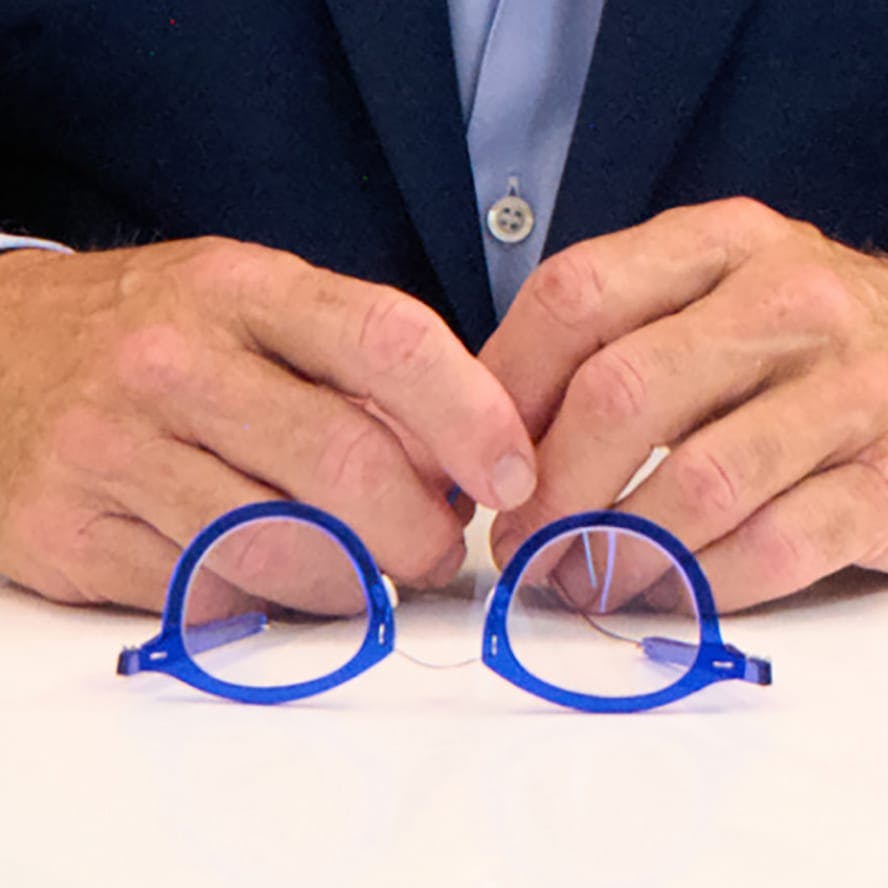The DNA appliance is an oral device that offers gradual, natural, safe, and pain-free relief for sleep apnea and TMJ disorder.
What is the DNA appliance?
The DNA appliance is a removable appliance for your mouth that safely, gradually, naturally, and painlessly stretches the upper arches of your teeth. This allows for room for your tongue to occupy without blocking your airway, causing sleep apnea.
DNA stands for “Daytime-Nighttime Appliance”. You may be thinking: why do people call it the “DNA appliance” if the A already stands for “appliance”? I’m asking the same question. But calling it the “DNA appliance” has indeed become the norm. In several scientific studies, researchers refer to the DNA as a biomimetic oral appliance therapy (BOAT).
Dr. Dave Singh invented the DNA appliance, as well as epigenetic orthodontics and orthopedics. Dr. Singh coined the term “pneumopedics” to describe upper airway remodeling, including using the DNA. This unique device is worn like an orthodontic retainer. It is registered and regulated by the FDA. The DNA appliance system improves your smile and may even cure crooked teeth, crowded teeth, teeth grinding, and TMJ disorder.
The TMJ is your temporomandibular joint, also called your jaw joint. Whenever your jaw joint is sore or your jaw muscles are in pain all the time, this is called TMJ disorder (TMD), TMJ syndrome, or simply “TMJ”.
The DNA is a great alternative for CPAP therapy and other oral appliances.
CPAP stands for “continuous positive airway pressure”. CPAP machines can be unwieldy, uncomfortable, and embarrassing. For all the snoring they prevent, CPAP treatment options can be just as noisy. Ultimately, CPAP therapy does not treat the root cause of sleep apnea.
Other oral appliances, such as mandibular advancement devices (MADs) and tongue retention devices (TRDs), treat sleep apnea by repositioning the lower jaw or pulling the tongue forward. MADs have been linked with TMJ disorder.
Both of these dental appliances may relieve sleep apnea symptoms, but do not treat the root cause.









